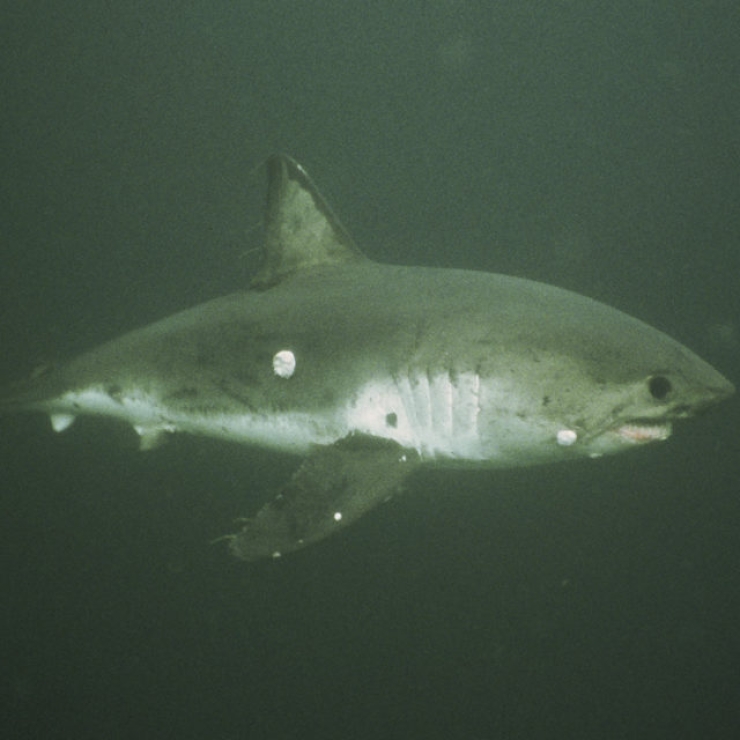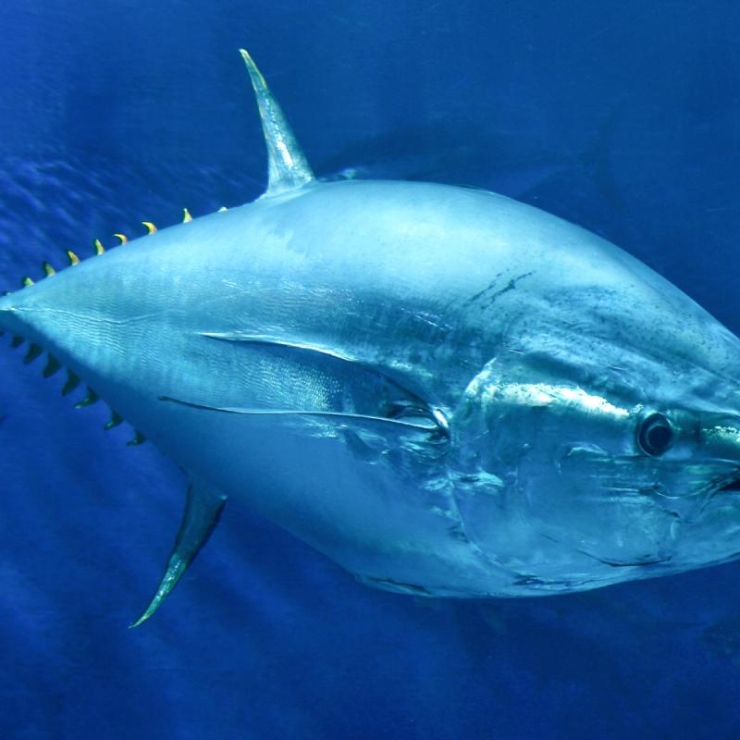The Woods Institute is now part of the Stanford Doerr School of Sustainability
All News: Barbara Block
August 19, 2022 | Stanford News Service
Researchers compiled the largest set of biologging data revealing how 38 species of sharks, rays, and skates move vertically in oceans around the... Read More
May 25, 2021 | Stanford Woods Institute for the Environment
The population of white sharks that call the Central California coast their primary home is holding steady at about 300 animals and shows some signs... Read More
September 24, 2020 | Stanford News
Seventeen seed grants have been awarded to faculty pursuing a broad scope of sustainability research as part of the efforts of a Long-Range Vision... Read More
June 30, 2020 | Stanford Woods Institute for the Environment
Stanford marine biologists, anthropologists, bioengineers, doctors, psychologists, economists, linguistic experts and others soon will collaborate on... Read More
May 8, 2019
Scientists from Stanford University’s Tuna Research and Conservation Center release findings from the first-ever tuna-mounted camera in the wild.
March 13, 2019 | Stanford News Service
Researchers combine maps of marine predator habitats with satellite tracks of fishing fleets to identify regions where they overlap – a step toward... Read More
September 4, 2018
Understanding the movements of migratory marine animals through different countries' waters and in the open ocean beyond is vital to their management... Read More
February 22, 2018
Satellite data from thousands of high seas fishing vessels over four years illuminate global fishing’s scope and pattern – down to single vessels and... Read More
July 21, 2017
The unique system of hydraulic control of fins discovered in tuna indicates a new role for the lymphatic system in vertebrates. This natural... Read More











